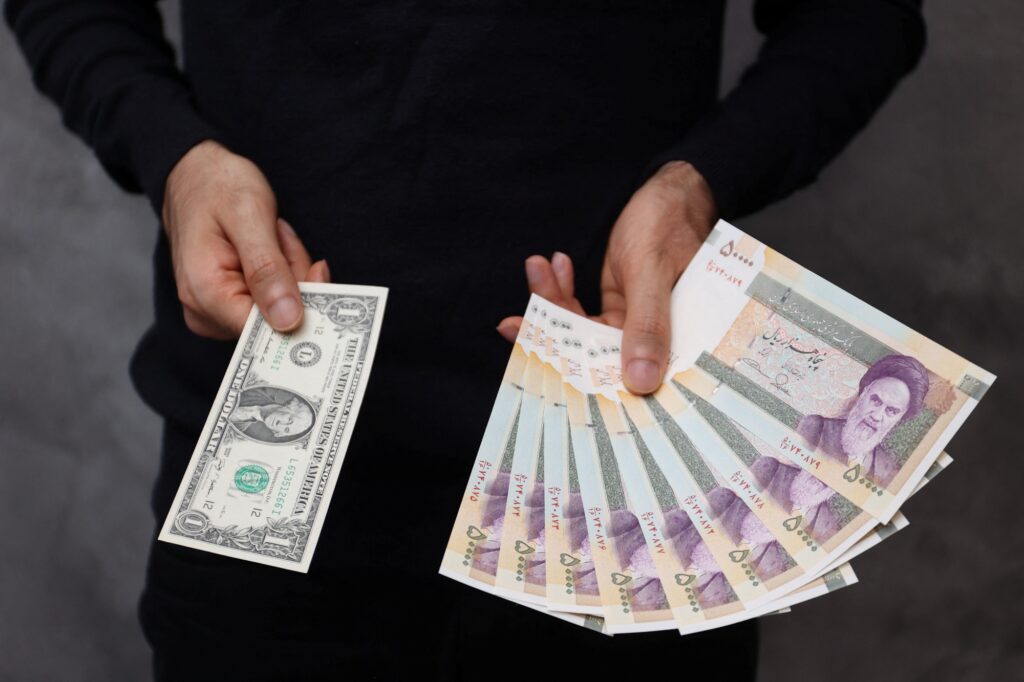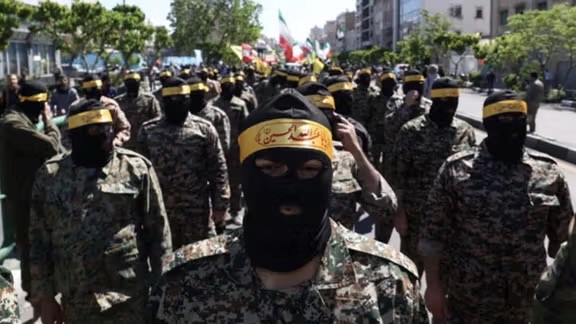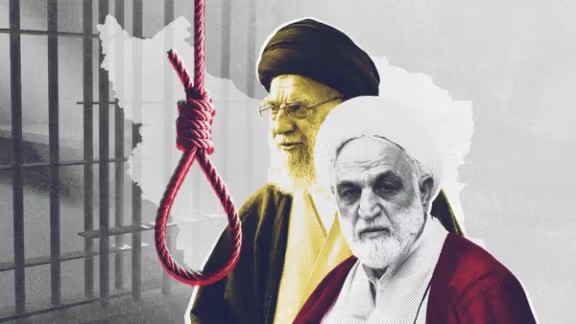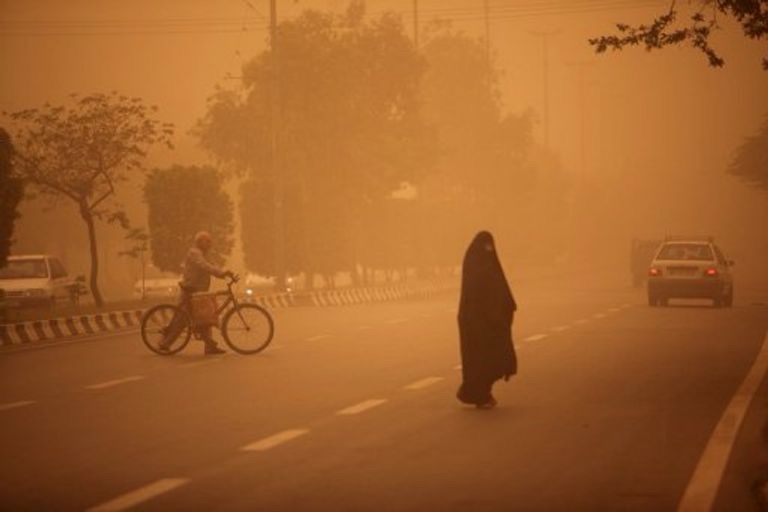
Continuing the rise in foreign currency prices in Iran, the exchange rate for the US dollar in the free market has surpassed 950,000 rials, while the British pound has been traded at over 1,200,000 rials. Additionally, the price of newly minted gold coins has risen to 80 million rials.
The prices of the dollar and gold coins have seen multiple increases since Donald Trump’s inauguration as President of the United States on January 20. On the day of his inauguration, the dollar was priced at around 810,000 rials, but it surged by approximately 15,000 rials the following day.
After Trump signed an executive order earlier this month to resume the “maximum pressure” policy against Tehran—aimed at reducing Iranian oil exports to zero—the dollar’s price surpassed 850,000 rials, marking an increase of about 10,000 rials.
At the same time, major food distribution stores in the Molavi, Southern Khayyam, and Qiyam Square markets in Tehran shut down, with their owners gathering to protest rising prices, currency inflation, and higher taxes.
Following statements by Iran’s Supreme Leader, Ali Khamenei, downplaying the impact of US threats, the free market exchange rate for the US dollar in Iran exceeded 930,000 rials, a rise of 40,000 rials.
On Tuesday, February 18, the dollar price increased by about 10,000 rials compared to the previous Monday, reaching 924,000 rials.
On February 14, Iranian economics professor Hossein Raghfar stated that, due to the conversion of imported gold into currency, the real exchange rate for the dollar is now estimated at approximately 1,100,000 rials.
Amid the ongoing rise in prices, including currency rates, several Iranian parliament members are seeking to summon Minister of Economic Affairs and Finance Abdolnaser Hemmati for questioning.
In this context, Iran International viewers have reported a significant rise in the prices of essential goods, sending video footage expressing their frustration over the inefficiency and negligence of Iranian officials in addressing the country’s economic crisis.
This new wave of price hikes and economic pressure on Iranians coincided with leaked information about Iranian financial aid to Hezbollah supporters in Lebanon, sparking widespread public outrage.
One Iran International viewer posted a video highlighting the rising cost of bread, saying: “The Iranian regime gives money to the Lebanese but does not care about its own people.”
Last Tuesday, Khamenei met in Tehran with leaders of the Palestinian Islamic Jihad movement, who had traveled to Iran to receive assistance. Meanwhile, Hezbollah in Lebanon has opened new branches of “Al-Qard Al-Hasan” financial institutions to distribute Iranian financial aid.
According to reports, Iran has recently allocated amounts ranging from 1.1 billion rials ($12,000) to 1.3 billion rials ($14,000) per war-affected family in Lebanon to help with rent payments and household purchases.
The new Secretary-General of Hezbollah, Naim Qassem, described these funds as “a gift from the Iranian regime.”



